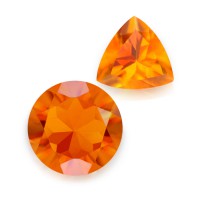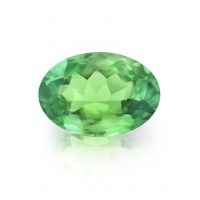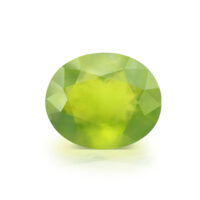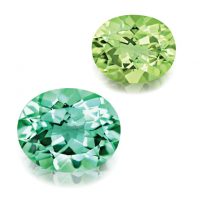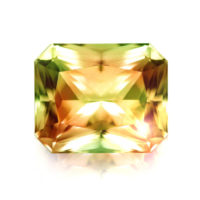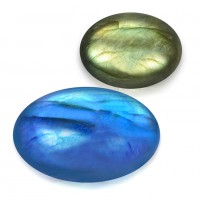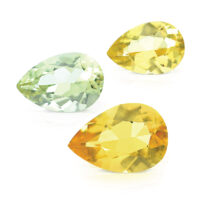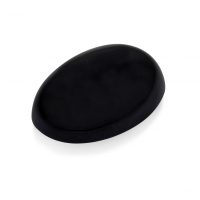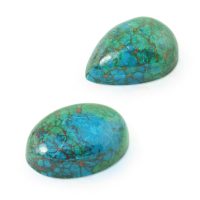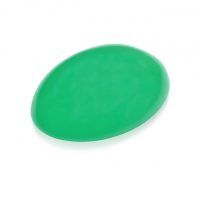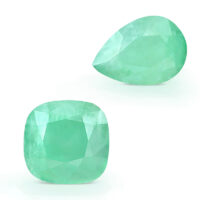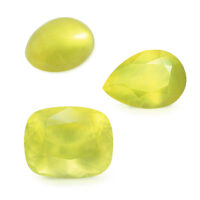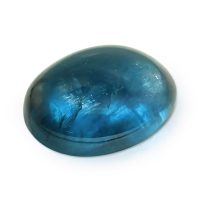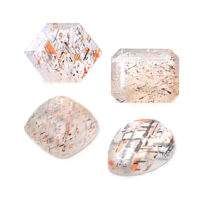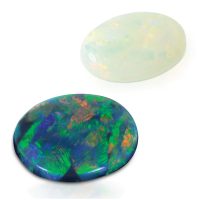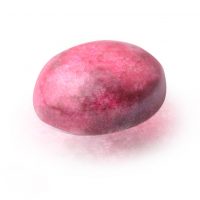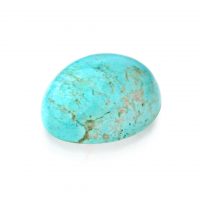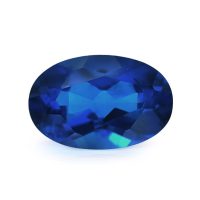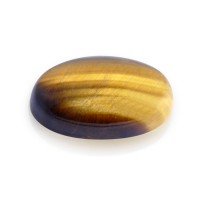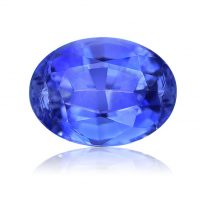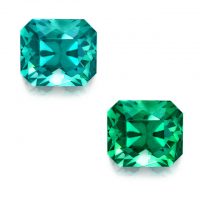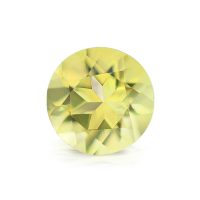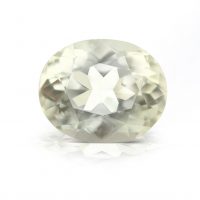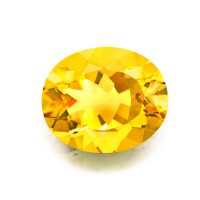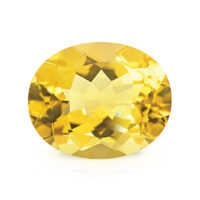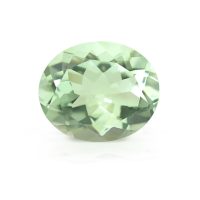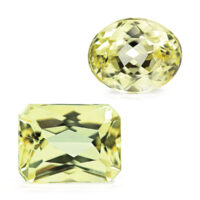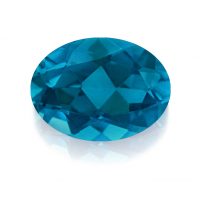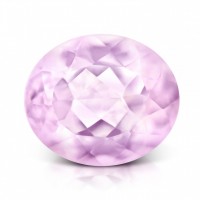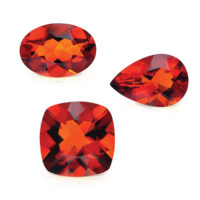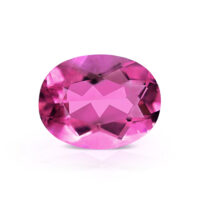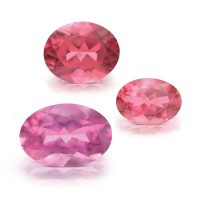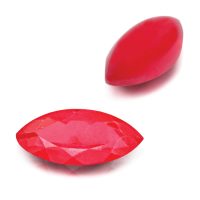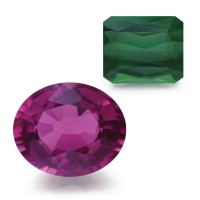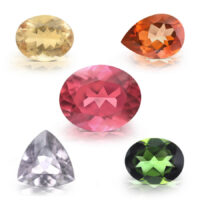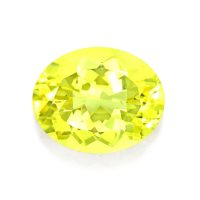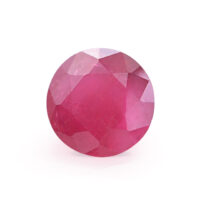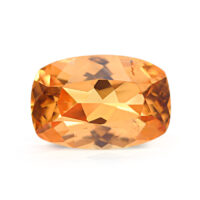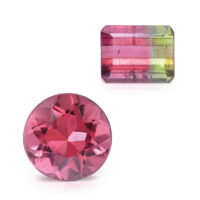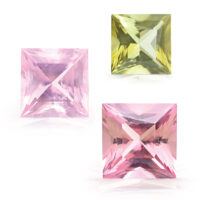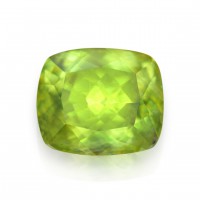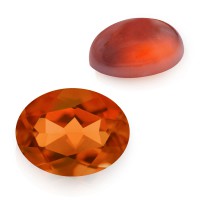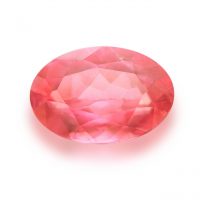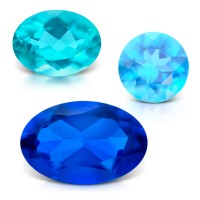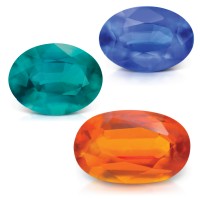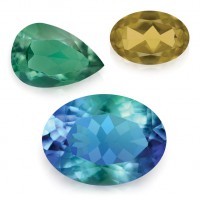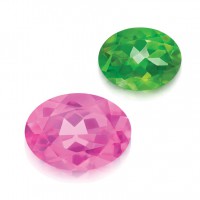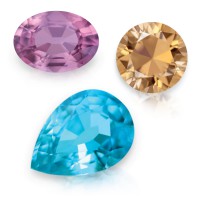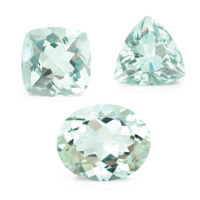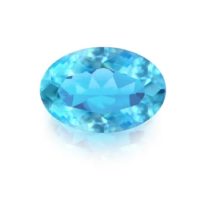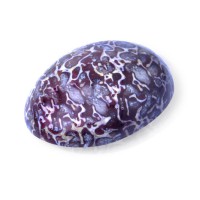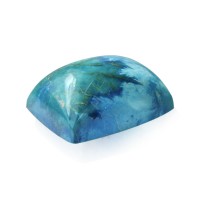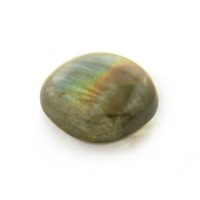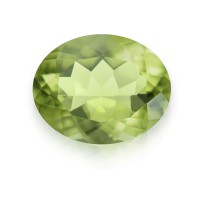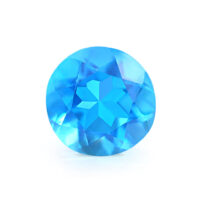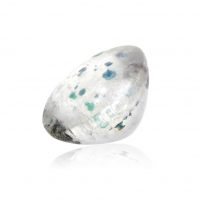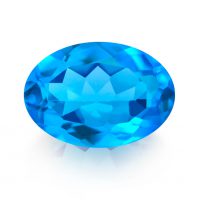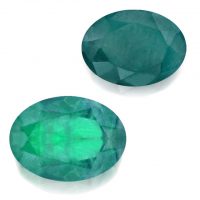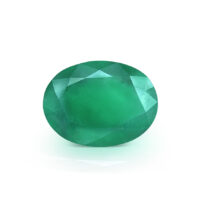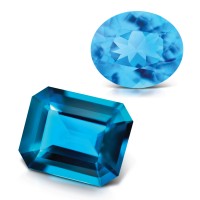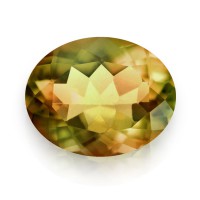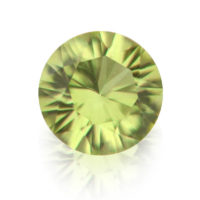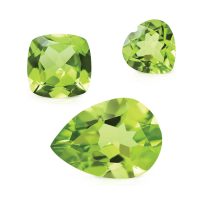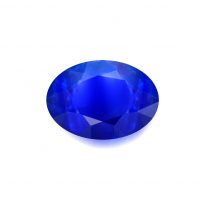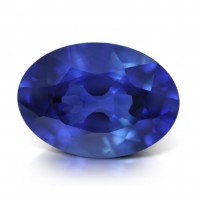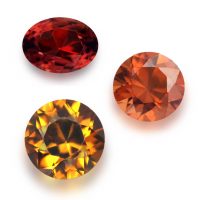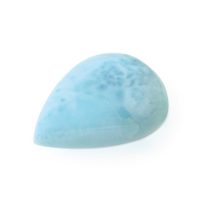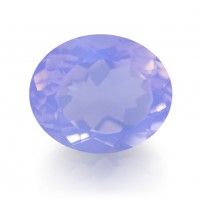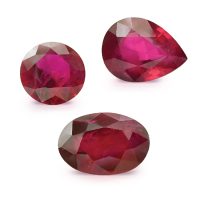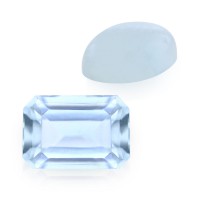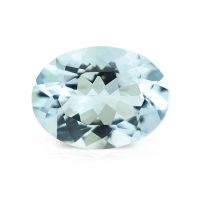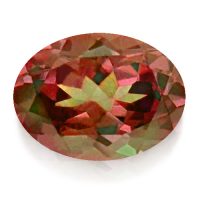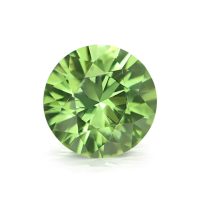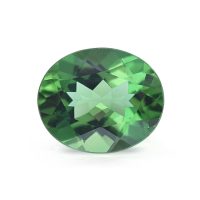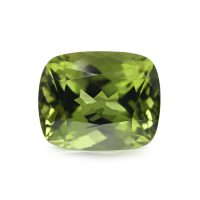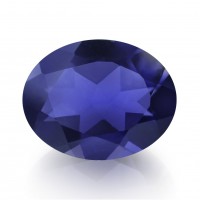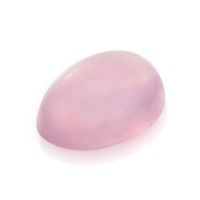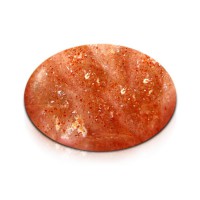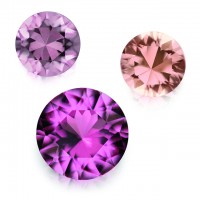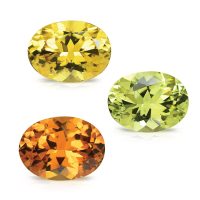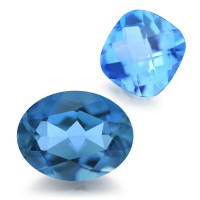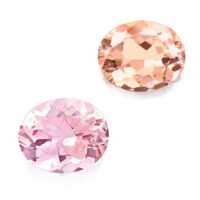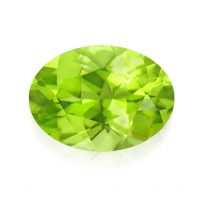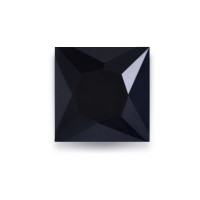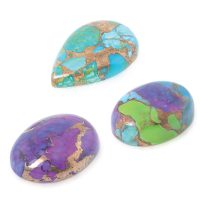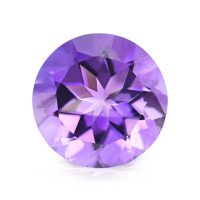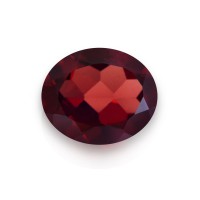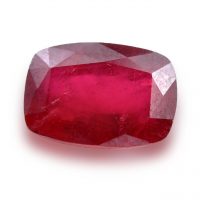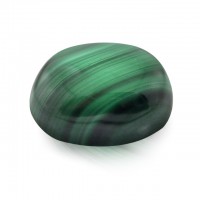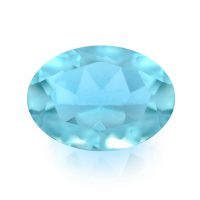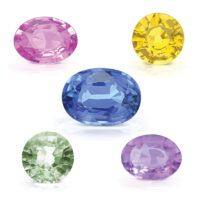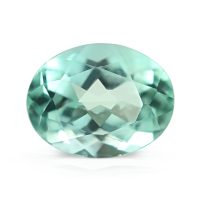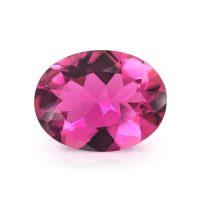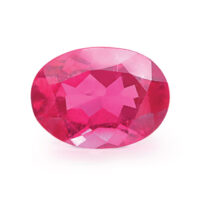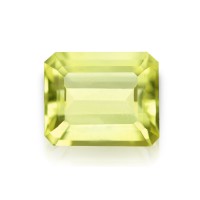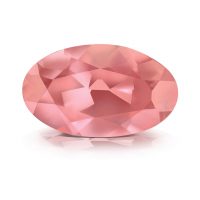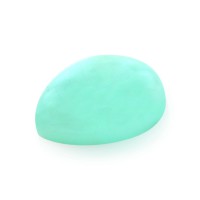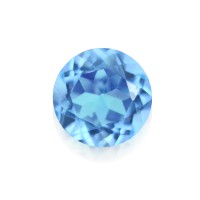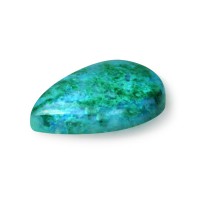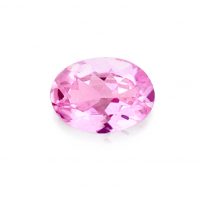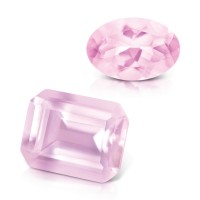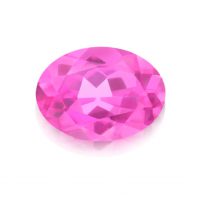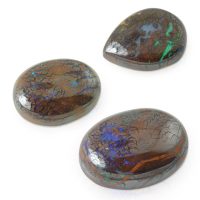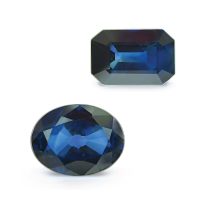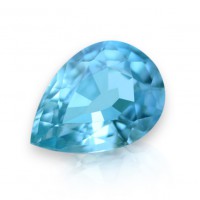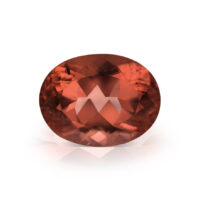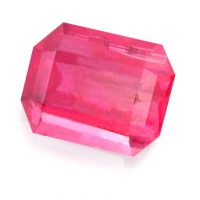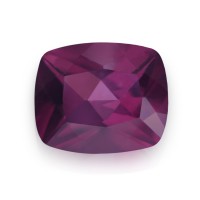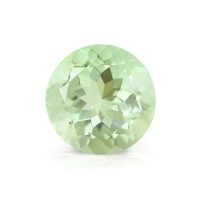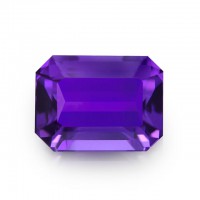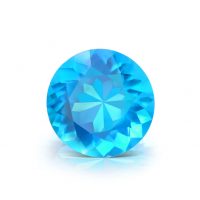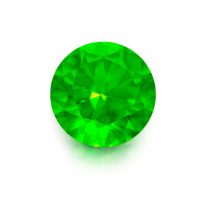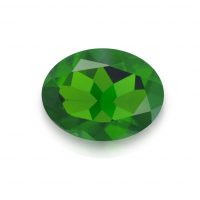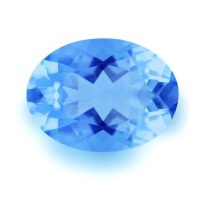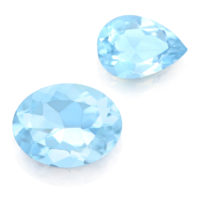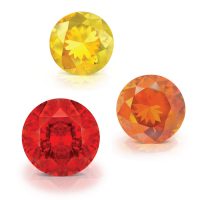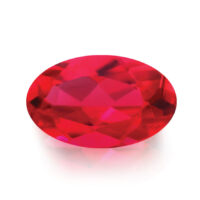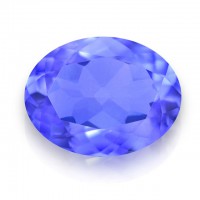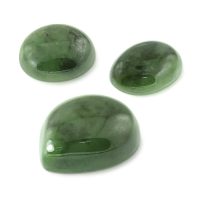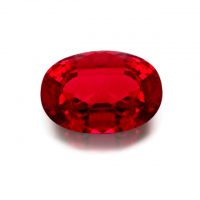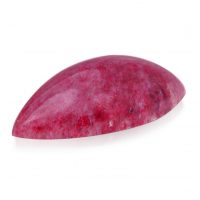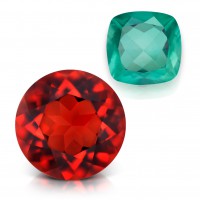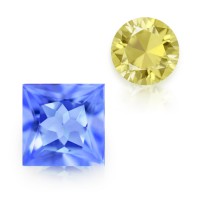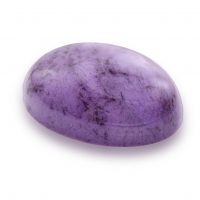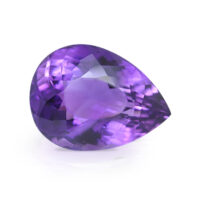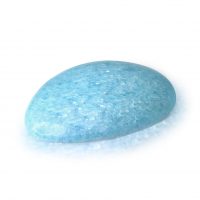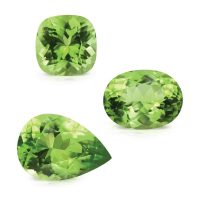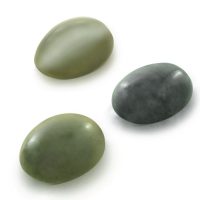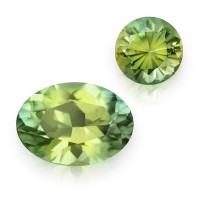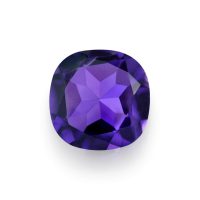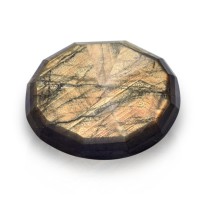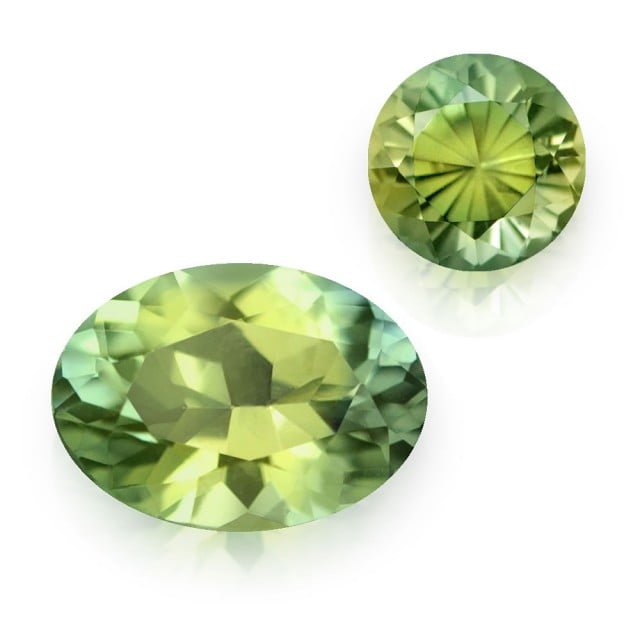

Wattle Sapphire is a beautiful, rare, multicolored Sapphire from the Anakie gem fields in the Australian state of Queensland. Named for Australia’s national flower, Wattle Sapphire displays an attractive blend of green and gold, making it one of the most beautiful gems of the entire Corundum family.
Hardness 9
Refractive Index 1.762 – 1.788
Relative Density 3.95 – 4.03
Enhancement None
Beauty
Wattle Sapphire is the most attractive and valuable of all Particolored Sapphires (see below). One of the most beautiful gems of the entire Corundum family, Wattle Sapphire displays an attractive blend of green and gold, reminiscent of Australia’s national flower the Wattle (Mimosa). The Wattle has a yellow-golden blossom with green foliage.
One of the gem industry’s best kept secrets, Wattle Sapphires are often collected by miners and gem dealers frequently give them to their partners or sell them to friends. Very few Wattle Sapphires make it to the retail marketplace.
Color banding is very common in Australian Sapphires and this feature is actually more prevalent and better developed than in Sapphires from other deposits. Coarse to very coarse banding of blues, greens and yellows results in the uniquely beautiful Particolored Sapphire. When the bands are wide enough to give a clear color separation, such as the green and gold of Wattle Sapphires, the effect is quite beautiful, but this is dependent on the gem being correctly orientated during lapidary. Wattle Sapphire is finished eye-clean, the highest quality clarity grade for colored gemstones, with a superior polish that results in a beautiful luster.
Ranging from pastel through to midnight blue, approximately 90 percent of Australian Sapphires are blue, with the majority displaying rich royal to midnight blues. The second most prevalent color are greenish blues, followed by greens and yellows. Occasionally color change (Alexandrite-esque and greenish yellow to orangey pink), mauve, orange, pink, purple, and star (black or bronze very similar to those from Bang Kha Cha in Thailand’s Chanthaburi Province as well blue, blue-gray, gold, and green) Sapphires are found, but they are extremely rare.
Few people realize that Australia is actually one of the world’s major Sapphire sources. During the late 80s, Australia was the leading producer of Sapphires supplying 70 percent of the world market.
The birthstone for September, Sapphire is a truly mesmerizing gemstone with a rich history, potent symbolism, and a popularity spanning over 2,500 years. Ruby and Sapphire are color varieties of the mineral Corundum (crystalline aluminum oxide), which derives its name from the Sanskrit word for Rubies and Sapphires, ‘kuruvinda’. Trace amounts of elements such as chromium, iron and titanium as well as color centers are responsible for producing Corundum’s rainbow of colors.
Rarity
Wattle Sapphires come from the Anakie gem fields in central Queensland. In 1873, Archibald John Richardson found Sapphire near Anakie approximately 50 kilometers to the west of the town of Emerald. According to local legend, Emerald was named because Green Sapphires found near the town were originally thought to be Emeralds. While the Anakie area was officially proclaimed a gem field in 1902, sporadic mining operations started in the 1890s. By 1913 two tons of Sapphire had been extracted from this deposit and by 1969, the Anakie fields were being mined via large-scale, fully mechanized operations. Since the 80s there has been a steady decline in output mainly due to the depletion of commercially viable areas and mounting operational costs. The Anakie fields produce darker Blue Sapphires and more pure green and pure yellow gems than the New South Wales deposits due to Anakie Sapphires crystallizing in a more iron-rich environment. Most Sapphire crystals mined range in size from a grain of sand to the size of a pea, which typically yields small accent gems to two carat gemstones. Larger gems are rarely found.
The increasing rarity of Sapphires from the Anakie gem fields aside, Wattle Sapphires are exceedingly scarce, representing only three percent of total Australian Sapphire production. As mentioned previously, very few Wattle Sapphires make it to the retail marketplace.
Durability & Care
One of the world’s hardest gemstones (Mohs’ Hardness: 9), Wattle Sapphire is an excellent choice for everyday jewelry. Wattle Sapphire should always be stored carefully to avoid scuffs and scratches. Clean with gentle soap and lukewarm water, scrubbing behind the gem with a very soft toothbrush as necessary. After cleaning, pat dry with a soft towel or chamois cloth.
Map Location
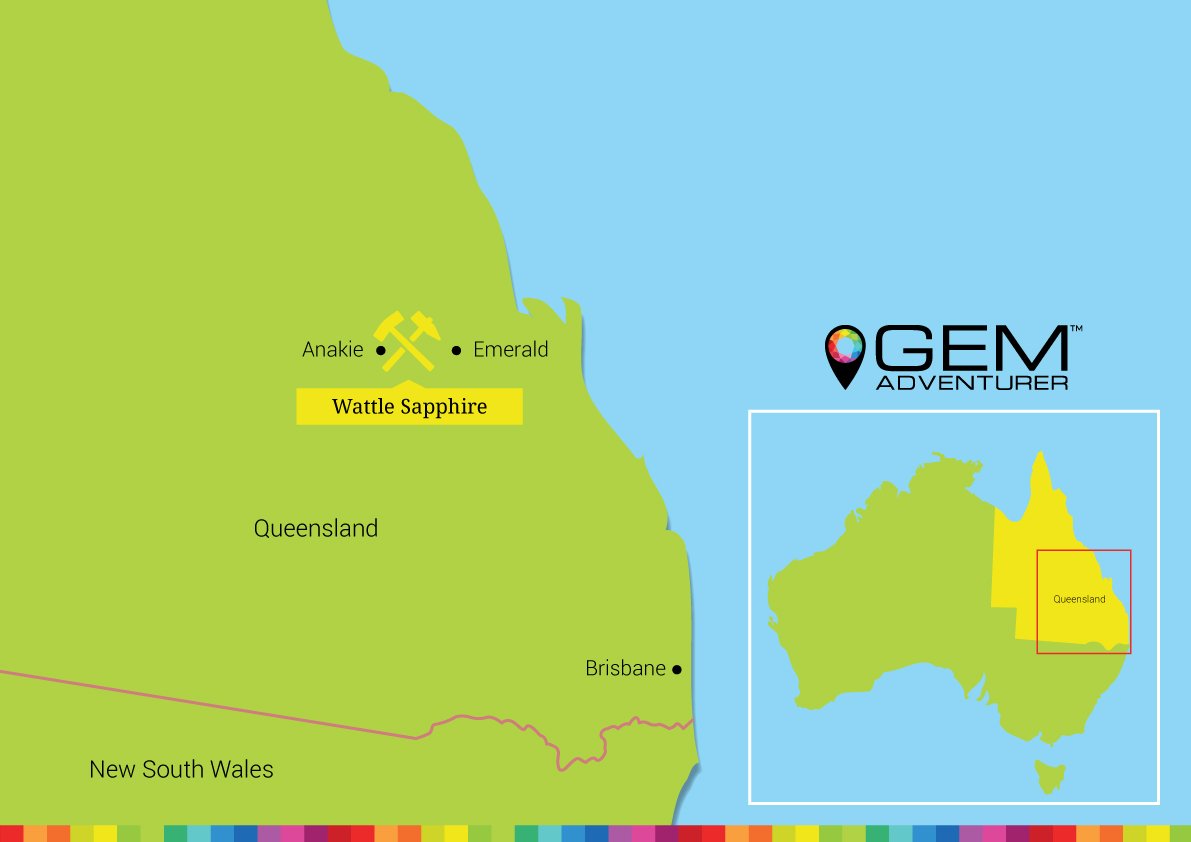
Click map to enlarge
